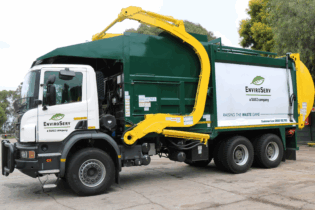SA is no stranger to the disastrous consequences emanating from drivers who are drowsy and whose actions impact on the innocent.
While estimates of deaths caused by drowsy drivers in the US range from 2% to 20% of all traffic fatalities, safety officials agree that the extent of the problem is not fully known. Data is incomplete, and there’s no definitive tool available to determine when a motorist is too tired to drive. An independent report – commissioned by National Highway Traffic Safety Administration in the US – notes, the public generally lacks an understanding of the importance of sleep and how much is needed to drive safely, something which the infographic below clearly shows. The report calls for a cultural change in how drowsy driving is viewed by the public. The document cites a previous study showing that 33% of 18- to 34-year-olds and 19% of 35- to 54-year-olds believe that to get ahead in their careers, they need to survive on less sleep.Too often, sacrificing sleep is seen as a sign of commitment, and many drivers mistakenly believe they can simply will themselves to stay awake behind the wheel when they are fatigued.
Common to all drowsy drivers is that they exhibit slower reaction times, impaired judgment, and higher levels of risk taking, more frequent blinking and eye closure, deficits in cognitive performance, memory impairment, attention failure, and diminished visual awareness. Groups at a higher risk for drowsy driving include students, shift and night workers, tired law enforcement officials, Doctors (in certain sectors) emergency medical service providers, healthcare workers, commercial vehicle operators, and people with sleep disorders. You will note the results show that drowsy driving crashes typically occur late at night, in the early morning hours, or in mid-afternoon. They are likely to cause serious injury or death and involve a single vehicle leaving the roadway. Additionally, drowsy driving crashes often occur on high-speed roadways, involve a driver traveling alone, and leave no evidence of last-moment braking to avert the collision.






